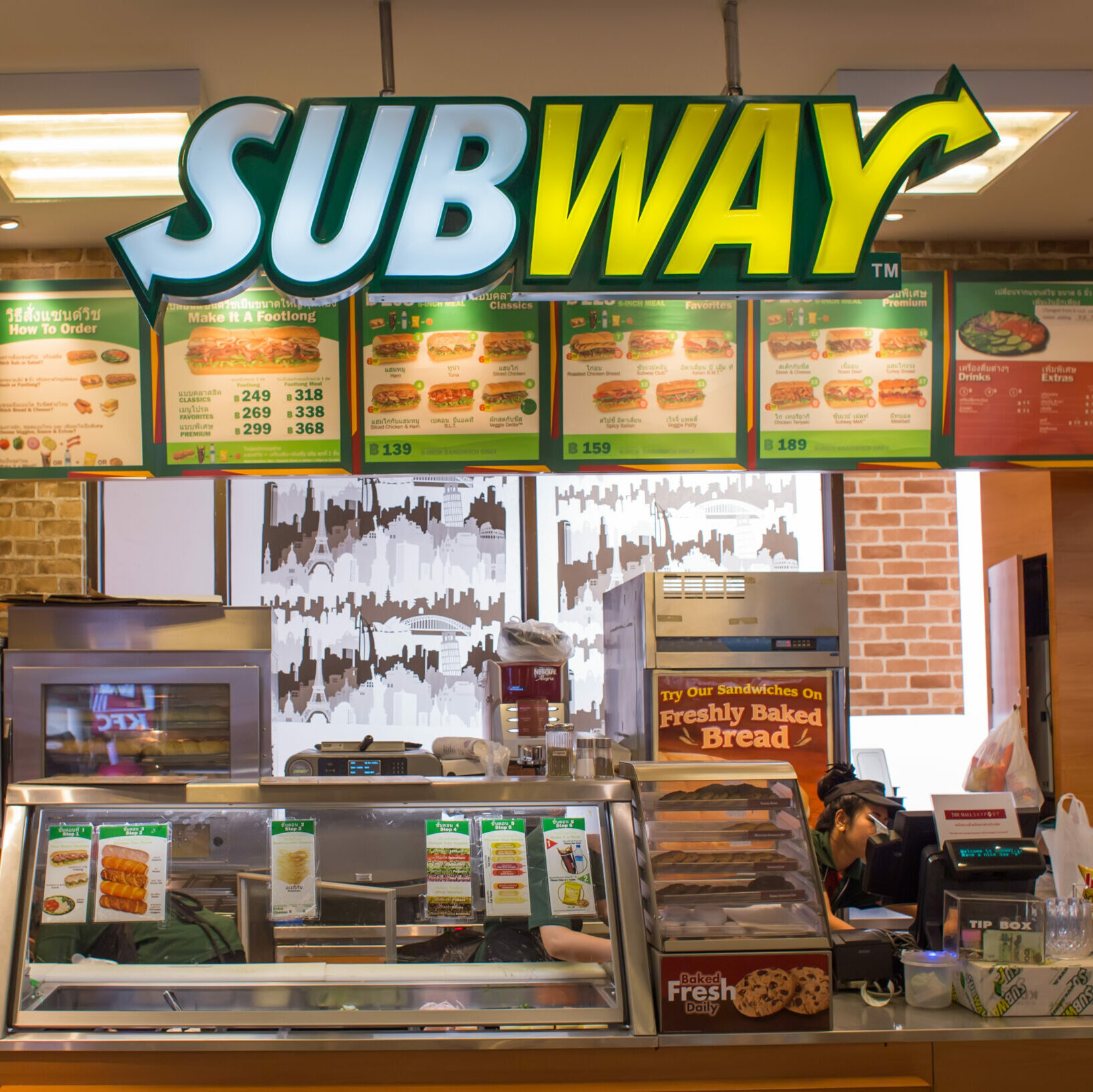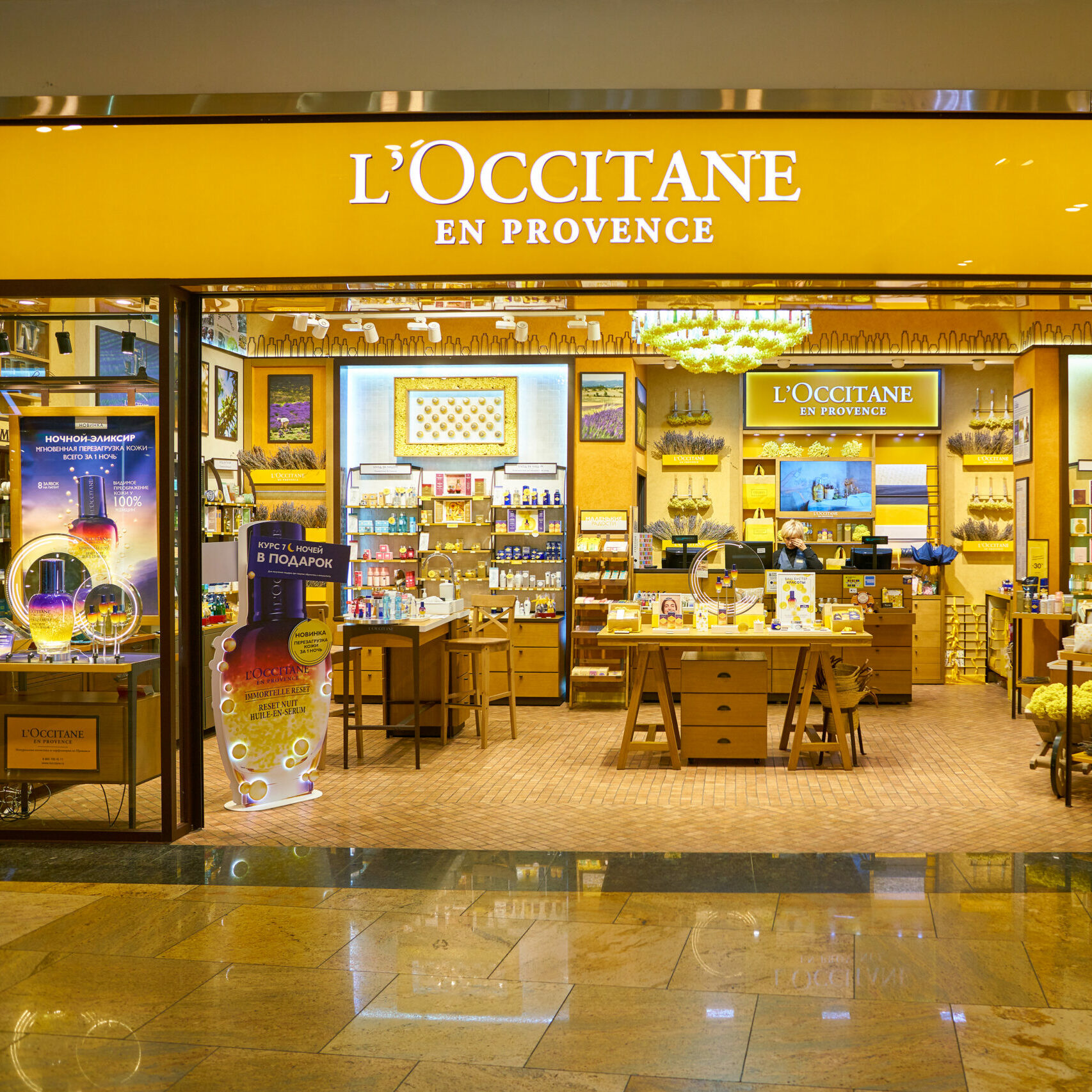A study by private equity advisory firm Agamya Capital has found a remarkable consistency in investing by sector for the top sectors in pre- as well as post-2009 era of private equity investing.
The study looked at current investments of private equity firms in the US, with a primary focus on buyouts and recapitalisations. It began with a review of over 2,000 private equity firms and was narrowed to nearly 1,000 firms with private equity investments in the US.
The study found that consumer and food sectors comprise nearly 20 per cent of all current portfolio companies, and the same holds true when analysing only pre-2009 investments. The same is true for industrials (11 per cent) and healthcare (12 per cent).
However, investing in some of the cyclical sectors mirrored economic activity. For example, 75 per cent of the current portfolio companies in the mining sector are pre-2010 investments, which is highly correlated to the pullback in the mining sector globally as a result of slowing economic growth in China. On the other hand, the current inventory distribution – by investment year – of investments in food companies and packaging companies are near mirror images, validating the high level of interdependence between those two sectors.
Additionally 34 per cent of funds have not raised new capital since 2010. The study found a strong correlation between the percentage of current portfolio that is pre-2009 and the success in raising new capital since 2010. For example, most funds that raised capital in 2013 and 2014 (as of August-2014) have less than 60 per cent of their current portfolio in pre-2009 investments.
Some 40 per cent of the funds that raised new capital since 2010 have 4 or more active investments that were made pre-2009. Among such funds, the median workload (measured by latest fund size divided by number of senior professionals at the firm) is USD220 million for mega funds (fund size >USD1 billion), USD96 million for large funds (>USD500 million-USD1 billion), and USD53 million for mid-market funds (USD150 million-USD500 million).
“The study has helped us construct a data driven and nuanced understanding of investing and exit cycles," says Praful Mittal, president of Agamya Capital. "History, if known accurately, can be one of the greatest teachers."






